Information about the appearance
Appearance: A colorless and transparent injection bottle containing a colorless or light blue transparent odorless liquid.
Ingredient Information
Selenic acid 32.7 mcg/ml, Zinc sulfate hydrate 4.39 mg/ml, Manganese sulfate hydrate 0.308 mg/ml, Copper sulfate 1.57 mg/ml, chromium chloride 20.5 mcg/ml
How to save money
An airtight container. Store at 15-30°C.
Efficiency effect
The addition of trace elements (zinc, copper, manganese, selenium, chromium) during intravenous nutrition.
Dosage and application
Use as prescribed by a doctor, but check the amount of trace elements in the plasma and use it as a guideline for dose adjustment.
Precautions for use
1. Warning
1) Benzyl alcohol has been reported to be associated with fatal respiratory symptoms in premature infants.
2) Do not inject directly without dilution, as there is a risk of phlebitis.
3) This drug is a low osmotic solution, therefore it is used only for mixed injections.
4) If toxicity occurs due to any one ingredient, stop taking it immediately.
5) Since parenteral nutrient solutions contain aluminum, prolonged parenteral administration may result in toxic levels when kidney function is reduced. This is especially dangerous for premature babies who have immature kidneys.
2. Do not use in the following patients:
newborns, premature infants (Contains benzyl alcohol.)
3. Adverse reactions
The amount of zinc, copper, manganese, chromium and selenium contained in this drug is very small, therefore, at the prescribed dose, the occurrence of toxic symptoms is unlikely.
4. General precautions
1) Before injection, the doctor must determine the patient’s pathological condition and metabolic needs. Frequent monitoring of the five trace elements in plasma is necessary to adjust the dose.
2) Zinc is excreted through the intestines and kidneys, so patients with renal insufficiency may develop zinc retention.
3) Since copper and manganese are excreted with bile, patients with biliary tract obstruction may experience their delay.
4) The auxiliary route of manganese secretion is pancreatic fluid, reabsorption also occurs in the duodenum, jejunum and ileum.
5) Chromium is excreted mainly through the kidneys. In addition, since chromium affects the maintenance of normal glucose homeostasis, it is necessary to consider whether the patient has diabetes, and in the case of diabetes, it is necessary to confirm whether the patient is taking oral or parenteral antidiabetic drugs.
6) Selenium is excreted through urine and feces, so the dosage of selenium must be adjusted in case of impaired renal function or gastrointestinal disorders. For blood transfusion patients, the consequences of blood transfusion must be considered.
In animal experiments, selenium enhanced the effect of vitamin E and reduced the toxicity of mercury, cadmium and arsenic.
5. Appointment for pregnant women.
1) Adverse developmental reactions have been reported when chickens were injected with high doses of selenium (15-30 mcg/egg), but no relevant studies have been conducted on pregnant women.
2) There are reports of the detection of selenium in the placenta and umbilical cord blood of pregnant women.
3) Since the safety of use during pregnancy has not been established, the appointment of pregnant women or women who may be pregnant should be prescribed only if it is considered that the therapeutic benefits outweigh the potential risks.
6. Treatment in case of overdose.
1) No toxicity was observed with intravenous administration of 1 to 2 mg of zinc per kg of body weight to adult patients with leukemia. However, when an adult patient was injected with 10 mg for 1 hour, the concentration of zinc in plasma was 207 mcg/ml on the fourth day and symptoms such as hyperhidrosis, decreased consciousness, blurred vision, tachycardia (140 beats per minute) and pronounced Symptoms of acute toxicity were reported (34.6 ℃), but the symptoms passed within 3 hours. Hyperamylasemia may be a sign of the inevitability of taking a high dose of zinc. With the unintentional administration of an excessive amount of parenteral nutrition (PPD) (25 mg/l of zinc, 50-70 mg of zinc per day), hyperamylasemia occurred (557-1850 units of Klein, normal value from 130 to 310).
A 72-year-old patient died after an overdose of 1,683 mg of zinc within 60 hours. The symptoms of zinc toxicity were low blood pressure (80/40 mmHg), pulmonary edema, diarrhea, vomiting, jaundice and decreased diuresis, and the concentration of zinc in plasma was 4184 mcg/100 ml.
Calcium supplements are known to have a preventive effect on zinc toxicity. The normal concentration of zinc in plasma is about 88-112 micrograms/100 ml.
2) Symptoms of copper toxicity include collapse, behavioral changes, diarrhea, progressive exhaustion, hypotension, glare and peripheral edema, and these symptoms were reported when the concentration of copper in plasma was 286 mcg/100 ml.
D-penicillamine is an effective antidote, the normal concentration of copper in plasma is about 80-160 micrograms /100 ml.
3) The symptoms of manganese toxicity in patients receiving parenteral nutrition at the prescribed dose are not known. The toxicity of manganese due to excessive intake of manganese from food or beverages is also unknown.
4) Symptoms of chromium toxicity include nausea, vomiting, ulcers, gastrointestinal disorders, kidney, liver and central nervous system disorders leading to seizures and coma. When trivalent chromium was administered at a dose of 250 µl per day for 2 weeks to patients receiving parenteral nutrition, no toxicity was observed. With intravenous administration of trivalent chromium, the acute LD50 ranges from 10 to 18 mg/kg.
5) Chronic selenium toxicity has been reported in the literature due to industrial conditions, consumption of food grown in soil containing selenium, water contaminated with selenium, and the use of selenium-containing cosmetics. Symptoms of toxicity include hair loss, weakened nails, dermatitis, tooth damage, gastrointestinal disorders, nervousness, depression, metallic taste, vomiting and garlic smell of sweat and breath. Acute toxicity caused by excessive selenium intake leads to death along with histopathological changes such as lightning-fast collapse of peripheral vessels, intravascular congestion, pulmonary hemorrhage, congestion and edema, pigmentation of the gastric mucosa (red brick color) and coma before death. appeared. There is still no suitable antidote for selenium poisoning, and the normal concentration of selenium in plasma is about 10 to 37 micrograms/100 ml.
7. Precautions for use
1) Do not use without a doctor’s prescription.
2) When adding the drug to a parenteral nutrition solution, it is advisable to do this in a laminar flow to maintain sterile conditions.
3) If it is possible to check the solution and container, it is necessary to check it for discoloration or particles before introducing the solution.
4) The trace elements contained in this preparation are physically safe when used together with electrolytes and vitamins present in the amino acid/glucose solution used as a solution for parenteral nutrition.
8. Storage precautions
1) Store the drug in a package at room temperature in a dry place.
2) Keep out of reach of children.
3) Replacing it in another container may lead to an accident or is undesirable from the point of view of maintaining quality.







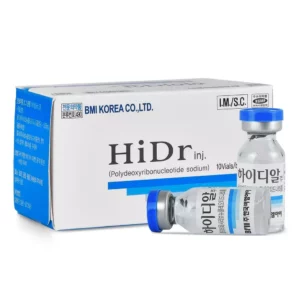



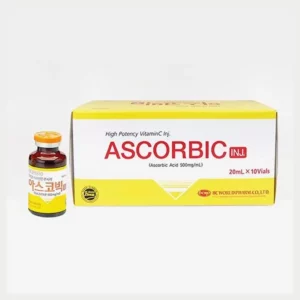
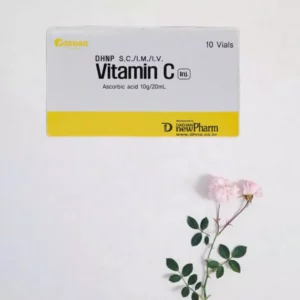

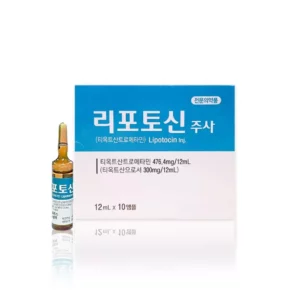
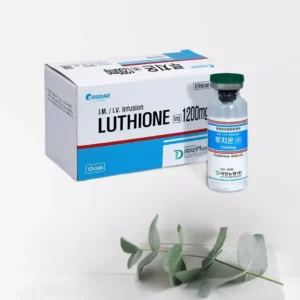
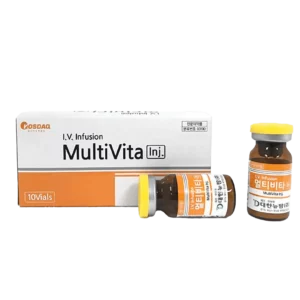
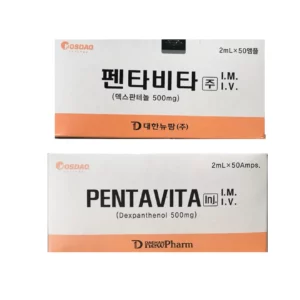
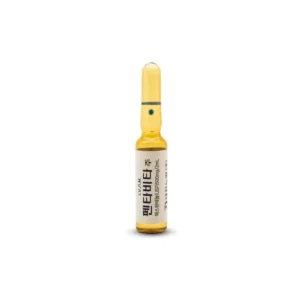
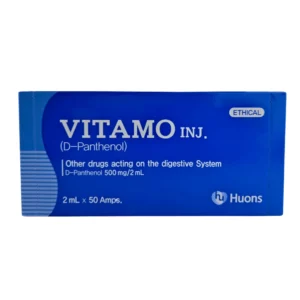

Reviews
There are no reviews yet.